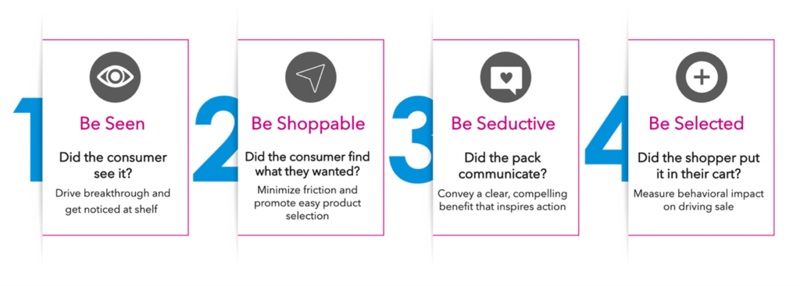
Stakeholders from brands, creative agencies, standards bodies, research and consulting organizations, and consumer advocacy groups from across the entire food sector gathered in London earlier this month for a conference in London organized by The Grocer. The topic of the event addressed pending regulations around HFSS (High in Fat, Sugar, and Salt) in food products and how these regulations are expected to impact brands and manufacturers in various ways.
For those unfamiliar, Behaviorally wrote about the implications of the HFSS regulations, specifically relating to packaging, in a recent blog post, “UK, Are You Ready? The Countdown to HFSS Has Begun.”
The purpose behind the regulations is noble: the health crisis of obesity and other morbidities caused by excessive consumption of fat, sugar, and salt is undeniable. The desired outcome is that healthier choices made by shoppers would not only be guided by transparency into the ingredients in individual products but also where and how they are marketed in the retail aisles themselves.
But Barclays analyst James Anstead articulated recently:
“HFSS rules could create the biggest practical upheaval that the UK food retail sector has seen in several decades. It would be surprising if such dramatic practical changes had no financial consequences, although making exact predictions would be premature at this point”
The takeaways from this conference ranged from philosophical to pragmatic, and the over-arching learning is that HFSS compliance is complicated and still ambiguous. Still, brands would be advised to get out in front of the upheaval and related financial impact likely when the regulations go into effect at the later part of this year.
What is still speculative and ambiguous

At a pragmatic level, presenters hypothesized about how shopper marketing will be affected, the likely new restrictions on POSM, and sober realities of how and wherein the retail planogram foods deemed not to meet the standards will be allowed be sold. Speakers shared their interpretation of what is known about restrictions for POSM, like clip strips or additional displays in the front of store entry area, and how some retailers are embracing digital displays in power aisles to lead consumers to healthier (more compliant) choices.
For some categories, efforts are already underway to reformulate. But as Sarah Smart for The Collective UK alluded to, healthier ingredient alternatives sometimes have a negative impact on taste, a key component of choice. And often, these healthier formulations lead to higher prices, making it critical to convey value and purpose for the reformulation in order to influence consumer choice.
And of course, while these regulations have been “pending” for a while and are now anticipated sometime later this year, the specific date for HFSS regulations to be fully articulated, rolled out, and enforced is not known. So, the best that can be said is that brands need to prepare for the potential impact of HFSS that is yet unclear but likely to be big.
What we can say about HFSS and how packaging plays a part
Much the same way that packaging has played a huge role in our ‘clients’ brands’ ability to communicate their sustainability claims, it is certain that packaging design is going to be critical in addressing the HFSS challenge. ‘Behaviorally’s model to help brands influence shopper choice was the core of our presentation at The Grocer Event in which we shared the key objectives for brands to keep in mind even as the rules and norms are shifting in terms of what needs to be communicated and where products can be displayed on shelves.
Our model consists of 4 simple behavioral principles:
- Be seen: However, your pack conveys your ‘products’ HFSS compliance, and wherever your HFSS score allows you to be displayed on the retail shelf, make sure you measure that this critical attribute is seen by shoppers in the moment of truth at the shelf.
- Be Shoppable: Amongst all the other claims and selection criteria, make sure that your HFSS communication makes the choice of selecting your product easy and intuitive.
- Be Seductive: Elements of pack design must convey a compelling benefit, ideally prompting a visceral emotional response. While reducing fat, sugar, and salt may not be a fun aspiration, test your ‘pack’s ability to convey a new healthier choice in the most appealing light.
- Be Selected: Inevitably, your pack will need to be redesigned to accommodate the new HFSS standards. Make sure your pack design validation leverages predictive data to measure the potential for the only KPI that counts: being placed in the ‘shopper’s cart. Leveraging a specialized and expansive database of norms like Behaviorally’s, allows you to get quick but reliable scores via our AI-enabled technology.
We have expanded on these principles in our Power of Packaging ebook, which you can request along with a copy of our presentation from The Grocer HFSS Conference. We look forward to helping you tackle the challenges of HFSS and optimizing your ‘packs’ potential to drive shopper growth.
The Author
Kai Virtanen is a Vice President of Market Development for Behaviorally. He has over 20 years of experience in the research industry in responsibilities that have included global key account management, insight-based consultancy, business development, and service/product development.


